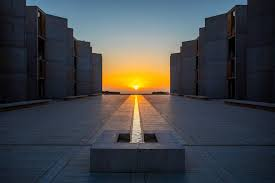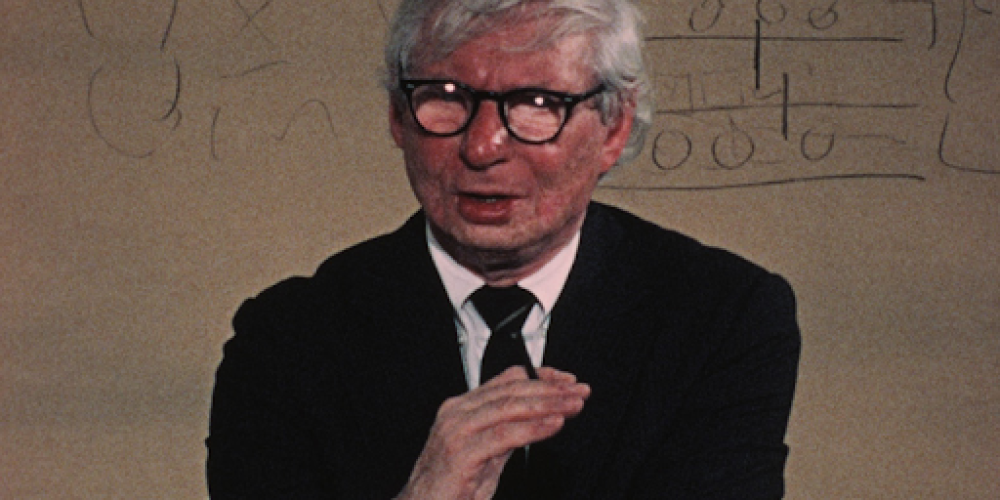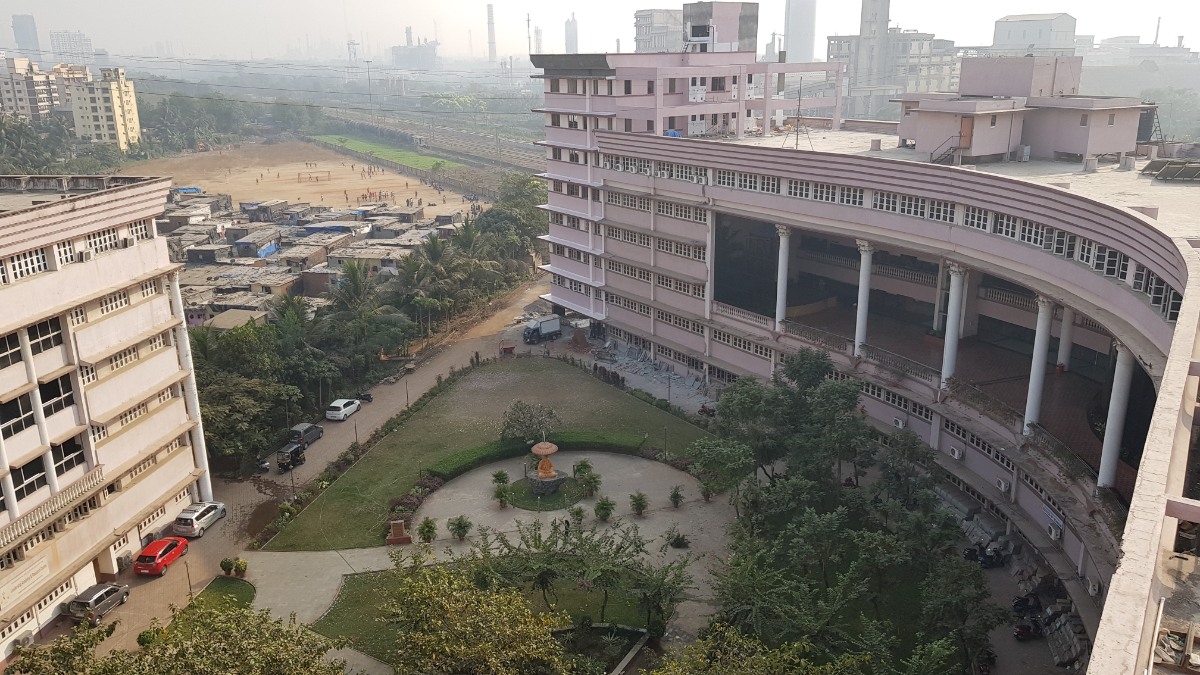
Louis Kahn, a highly respected architect from the later part of the 20th century, sadly faced financial ruin and loneliness in New York City before his tragic death in 1974. Despite his personal challenges, Kahn leaves behind a significant legacy of architecturally important and spiritually meaningful structures. His designs, applauded by the L.A. Times, are recognized for their precise shapes and use of materials such as brick, concrete, and light, leaving a lasting impact on people’s lives. Kahn’s way of designing buildings explores the basic elements of the field, making us think about how we interact with light, space, and our role in the world. The Salk Institute, featured in the book “Louis Kahn: The Philosophy of Architecture,” illustrates the complex interaction of different design elements.
The Salk Institute’s design is remarkable because it can cast shadows on the ground, especially along the water pathway during solstices. Without trees in the courtyard, the main focus becomes the water feature, which includes a narrow stream flowing into a pool. Careful and detailed designing reveals the significance of the water element and open space. The building’s design is so strong and appealing that there’s no need for additional landscaping. The combination of water features and the way light interacts with the concrete surfaces makes a calm atmosphere perfect for relaxing.
The Salk Institute’s open area, where the ocean meets the sky, creates the most lasting impression. The narrow waterway extending towards the ocean, along with the building shadows lining up on the water path during solstices, highlights the distinction of Louis Kahn’s architecture. The careful selection of materials adds to the overall beauty, as concrete building, stone pavement, and wooden windows come together in a pleasing combination. The balanced design adds more interest, making sure that the open ocean view area becomes a central and noticeable part of the overall architectural arrangement.
Despite Kahn’s challenging personal life, his architectural works were consistently brilliant, and continue to serve as examples of profound philosophy and design mastery. The Salk Institute is not just a representation of these principles in a physical form, it also shows how Kahn’s influence could make a lasting impact on the built environment.
-Saurabh Mane
3rd Year student, Vivekanand Education Society’s College of Architecture


